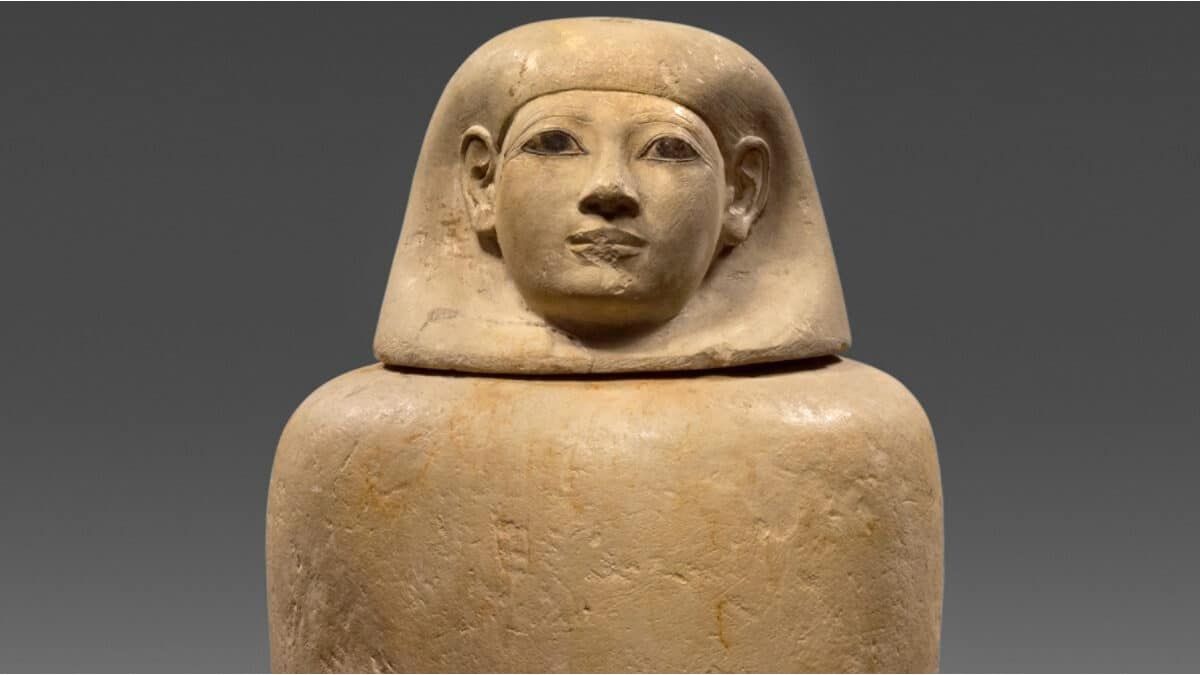Scientists Slovenia, Poland and the United Kingdom carried out joint investigation with conservatives of the Egyptian Museum of Cairo To detect the Mummies’ aroma. Thus, they discovered that five thousand years later of its embalming, still emit odors Sweet, spices or woodaccording to the published study.
For this work they were used advanced techniques of chemical analysis, as a “Electronic nose”together with a direct olfactory analysis.
The study highlights that the pleasant smell was a essential element in the mummification process In ancient Egypt. In the words of the researchers, for this civilization, “The purity of the gods was associated with the good smellwhile the corruption and rot of a body were represented with bad smell. ”
Although thousands of years have passed, conservatives still describe the aroma of mummies as “pleasant”since they keep aromatic resins inside pine, cedar, myrrh, juniper and incensein addition to the waxes used during the embalming process.
Odors are made up of chemical molecules that are dispersed in the air from a substance. To identify these aromas, scientists used a Coupled gas chromatograph to a mass spectrometer, a device that allows to measure and quantify the released chemicals by mummified bodies.
Egypt mummies 2.jpg
University of Liubliana
Al Sensory analysis carried out a direct evaluation of the smells, describing them in terms of quality, intensity and pleasure. When combining both approaches, the researchers achieved Determine if the aromas detected came from the original mummification materialsof conservation products added later, of pesticides or natural deterioration due to microorganisms such as bacteria or molds.
The findings confirmed that the aromas of wood, spices and sweets are still present, demonstrating that the smell analysis It can be one Non -invasive and non -destructive tool Useful to study and classify archaeological remains.
The mummification process in Egypt
Ali Abdelhalim, director of the Egyptian Museum of Cairo and co -author of the study, highlighted the importance of mummification in Egyptian culture: “For the ancient Egyptians, mummification It was a fundamental mortuary practice destined to preserve both the body and the soul for the other life, through a thorough embalming process with oils, waxes and balms. ”
He also stressed that the analysis of the methods and materials used in mummification offers valuable information about The time, location and social status of the mummified individual.
The study process
Cecilia Bembibreresearcher in the University College from London And also co -author of the study, he stressed the importance of collaboration with Egyptian experts in this project, highlighting that, unlike other studies carried out mainly in European museums, “we have worked closely with our Egyptian colleagues to ensure that their knowledge and perceptual experience were properly represented ”.
Matija Strlicresearcher at the same university and in the University of Liublianahighlighted the relevance of this pioneering study: “The interest in the smell of mummified bodies has been constant for years, but A scientific study had never been carried out before that combines chemical techniques with sensory perception. This is a revolutionary study. ”
Researchers conclude that this type of analysis will not only be valuable to improve the conservation of historical remainsbut also will contribute to security of conservatives.
In addition, their discoveries could offer museums the possibility of Create immersive experiences For visitors, using the meaning of smell through what the authors call “olfactory landscapes.”
Source: Ambito




